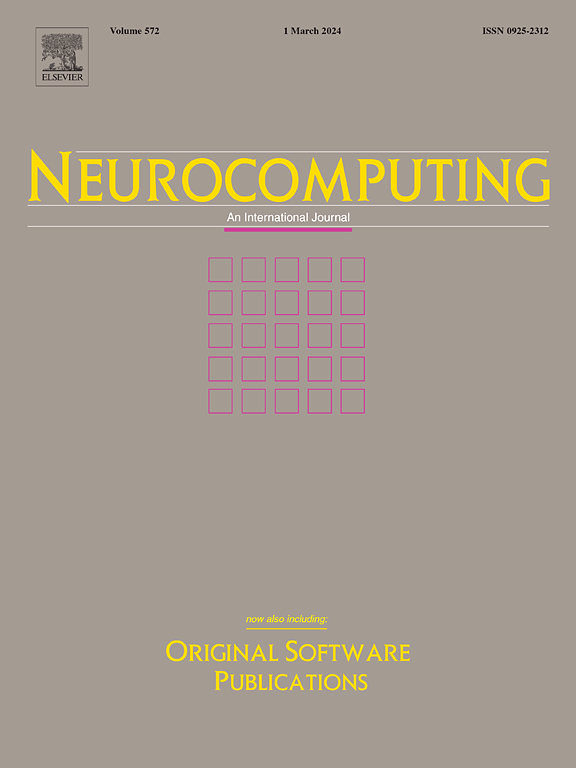SGCDiff: Sketch-Guided Cross-modal Diffusion Model for 3D shape completion
IF 5.5
2区 计算机科学
Q1 COMPUTER SCIENCE, ARTIFICIAL INTELLIGENCE
引用次数: 0
Abstract
Shape completion aims to generate complete shapes based on partial observations. Most recent methods utilize existing information on 3D shapes for shape completion tasks, such as inputting a partial 3D shape into an encoder–decoder structure to obtain a complete 3D shape. Despite the recent rapid evolution of neural networks greatly improving the completion performance of 3D shapes, they usually generate deterministic results. However, the completed shape is inherently diverse, leading to the concept of multimodal shape completion, in which a single partial shape can correspond to multiple plausible complete shapes. Existing multimodal shape completion methods are typically unpredictable, which results in the generated complete shapes exhibiting randomness. To address the challenge of achieving a guided generation process for multimodal shape completion, we propose a novel sketch-based diffusion model. Our key designs encompass the following. We propose a novel diffusion-based framework that employs sketches as guidance to generate complete 3D shapes. Within the framework, we introduce a dual cross-modal attention module that ensures the generated results retain sufficient geometric detail. Experimental results indicate that our approach not only facilitates multimodal shape completion based on sketches but also achieves competitive performance in deterministic shape completion.
求助全文
约1分钟内获得全文
求助全文
来源期刊

Neurocomputing
工程技术-计算机:人工智能
CiteScore
13.10
自引率
10.00%
发文量
1382
审稿时长
70 days
期刊介绍:
Neurocomputing publishes articles describing recent fundamental contributions in the field of neurocomputing. Neurocomputing theory, practice and applications are the essential topics being covered.
 求助内容:
求助内容: 应助结果提醒方式:
应助结果提醒方式:


